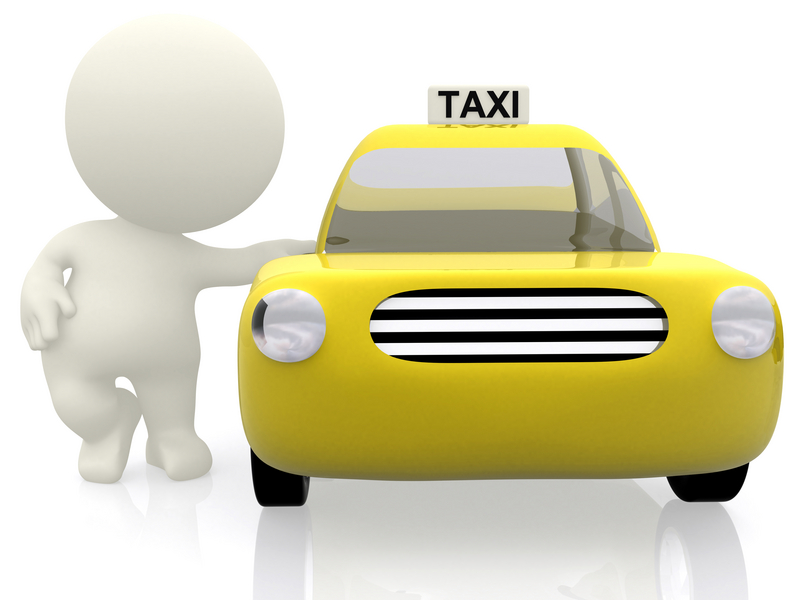 Donald Boudreault was impaired. He was sitting in his car. He was arrested and charged. He was acquitted. That acquittal was upheld by the Supreme Court – even if the Court appears to have been less than impressed with the acquittal: 2012 SCC 56.
Donald Boudreault was impaired. He was sitting in his car. He was arrested and charged. He was acquitted. That acquittal was upheld by the Supreme Court – even if the Court appears to have been less than impressed with the acquittal: 2012 SCC 56.
Boudreault was drinking at a bar. After drinking he went to Danye Dubois’ home. Dubois had driven Boudreault to her home. After being there some time Boudreault asked Dubois to call a cab for him, she did.
Boudreault and Dubois waited, for a significant period of time, for a taxi and it had not yet arrived. Dubois apparently told Boudreault to go outside, as she wanted to go to sleep. It was cold outside. Boudreault decided to get in his car to wait for the taxi.
He was later found sitting in his car by the taxi driver he had called. He was “asleep”. The police were called. He was arrested. It was determined that his BAC was at least 242 mg of alcohol in 100 ml of blood.
The trial judge, Daoust J, acquitted Boudreault. The judge found that there must be a “risk of putting” the vehicle in motion in order to convict on a care or control charge. In this case, the court held, there was no such risk. The judge found Boudreault had a “concrete plan” and was following through on it.
The Crown appealed.
The Quebec Court of Appeal allowed the appeal. The Court of Appeal held that a risk given Boudreault’s “advanced state of intoxication…and this might have greatly affected his judgment had he woken up” [para 24].
Boudreault appealed to the Supreme Court.
Fish J wrote the majority decision. The appeal was allowed; the acquittal restored.
The central issue on appeal was whether “risk of danger” is an essential element of the offence of care or control. Fish J found that it was: the elements of the offence of care or control are (1) an intentional course of conduct associated with a motor vehicle; (2) by a person whose ability to drive is impaired or BAC over the legal limit; and (3) in circumstances that create a realistic risk, as opposed to a remote possibility, of danger to person or property [para 9].
In so finding Fish J adopted the view that “[t]he concept of danger provides a unifying thread” for care or control offences [para 28]. Mere coincidence of voluntary consumption and occupation of the driver’s seat is not sufficient. There must be something more – and that something more is risk of danger.
Fish J was clear to explain, however, that this threshold – proving risk of danger – in circumstances where an accused is in the driver’s seat is a low threshold.
Absent evidence to the contrary, a present ability to drive while impaired, or with excessive blood alcohol ratio, creates an inherent risk of danger. In practice, to avoid conviction, the accused will therefore face a tactical necessity of adducing evidence tending to prove that the inherent risk is not a realistic risk in the particular circumstances of the case [para 13]; [emphasis added; emphasis in original]
Fish J reiterated this point near the end of his ruling noting that “anyone found inebriated and behind the wheel with a present ability to drive will – and should – almost invariably be convicted” [para 45]; [emphasis in original].
In the present case the trial judge applied the correct test. There was no legal error. Accordingly, “however surprising or unreasonable” the finding may appear, it was not a question of law subject to appeal by the Crown. Appeal dismissed.
While the Crown in the present case argued that risk of danger was not an essential element of the offence the ruling by the majority is not particularly surprising. Fish J’s point that mere coincidence of occupying the driver’s seat while impaired or “over 80” will not suffice is not surprising. Something more is required. It is critical to understand and glean from these reasons, however, that the majority clearly was not in agreement with the finding by the trial judge or the outcome of the case. First, it noted that the Crown only argued the risk that Boudreault might intentionally set his vehicle in motion [para 43]; given his advanced state of intoxication there was arguably a risk of unintentionally setting it in motion. Second, it noted “however surprising or unreasonable” [emphasis added] the finding may have been there was no error in law.
While a “risk of danger” is an essential element of the offence of care or control, the threshold is a low one and, as noted by Fish J, a person such as Boudreault will – and should – almost invariably be convicted.
Boudreault should not be seen as any real or significant change in the law. Rather, it is the recognition of a fact that is, perhaps, sometimes overlooked because of its inevitable or obvious conclusion.
DGM